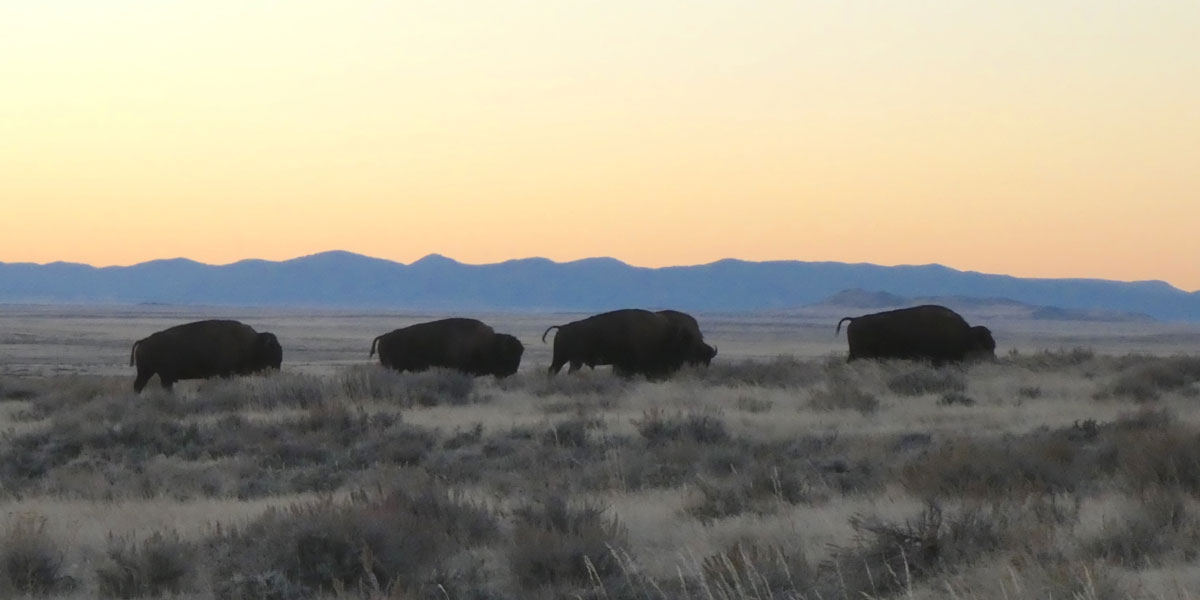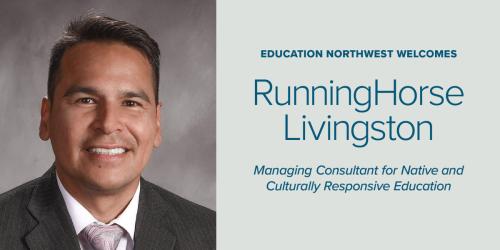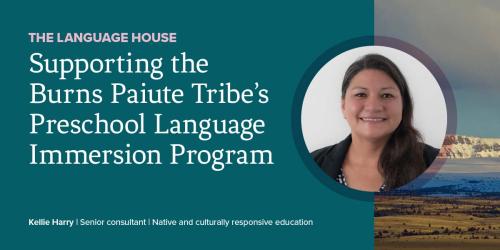Centering Native Culture for Strength, Healing, and Student Success

Reyna Monteau knows a culturally relevant learning environment is critical to her students’ success. Monteau is the principal of Hays Lodgepole (HLP) Schools in a district where more than 93 percent of students identify as Native American. HLP sits at the southern end of the Fort Belknap Reservation in north central Montana, home of the Assiniboine (Nakoda) and Gros Ventre (Aaniiih) tribes.
“People are so well-rounded when they have their culture behind them,” she says.
Monteau, who is Assiniboine, knows this firsthand. She has always lived on the reservation, participated in sweat lodge ceremonies, and learned from the guidance and leadership of women in her family. From her experience, she knows that teaching Indigenous culture—where students come from and who they are—is crucial to their personal and academic growth.
Monteau’s holistic approach reflects HLP’s mission statement: to instill strength and knowledge to walk anywhere on earth and fear nothing. This mission was inspired by a song from White Dog, a 19th-century Assiniboine warrior. After losing his family, White Dog began to take in orphaned young people. He shared his knowledge with the youth, guiding them to become the next generation of tribal leaders.
It’s fitting, then, that HLP carries on White Dog’s legacy today. Through culturally relevant and culturally sustaining practices and curricula, HLP educators help students build the traditional knowledge, foundational skills, and community connections they need to thrive.
Monteau’s leadership lies at the heart of this work. Nearly 10 years ago, she helped introduce a new Native American Heritage Day event: a traditional buffalo hunt held with students during the school day. Today, that celebration has transformed into a full week of events, including storytelling, traditional meals, jewelry-making, horse therapy, art therapy, smudging, making of horse regalia, and pipe ceremonies.
It’s more than a learning experience for students—it’s an opportunity for the entire community to unite in shared heritage, strength, and healing.
Beyond Native American Heritage Week, Assiniboine and Gros Ventre culture and heritage provide a pathway to student success all year. Lessons in traditional food and medicine teach self-efficacy and healthy habits. Native language instruction connects young people with their elders, an important tether to tradition, history, and identity.
In addition, many HLP students give back to the community, even when they leave school. Kenneth “Tuffy” Helgeson, a former HLP Nakoda language teacher, now leads a project to develop a comprehensive Nakoda curriculum. His small team includes several HLP alumni. Among them is Monteau’s daughter, whose digital portraits of Assiniboine leaders, elders, and students will accompany the curriculum. The team is also developing illustrations for traditional stories. These will be paired with audio recordings of elders reading stories in Nakoda. By linking Assiniboine traditions with modern technology, these former HLP students are celebrating their heritage—and carrying it on for future generations.
Monteau says educators in other communities can also successfully infuse their students’ culture into their schools. She recommends starting by learning from the community elders.
“Those are the best teachers,” she says. “They have the oldest teachings, and they are the most respected.”
In addition to honoring the community’s elders with gifts and tobacco, Monteau suggests connecting them with students. The mutually beneficial relationship builds respect and support while giving students another opportunity to learn and grow.
Another key strategy is finding ways to center Native culture across the curriculum. As a classroom teacher, Monteau developed lessons on the health benefits of pemmican and chokecherries, as well as the nutritional value of bison compared with other meat. She even led second-graders through the scientific method to incubate their own bacteria strands to see how they were affected by echinacea poultices.
Monteau also suggests that leaders build partnerships with the community. Educators should find ways to make it easy for community members to participate in events, such as providing traditional foods. They can also study community ceremonies and invest in cultural items and symbols that build pride for everyone, not just students. Monteau says HLP’s teepees are an example—whenever students set them up on the football field, it’s a form of healing for the community.
Above all, she says, you just need to start.
“Stay humble and be a student again. Learn, just learn. And always be respectful.”


